We’re here to tell you what’s hot and what’s not on this week’s music roundup
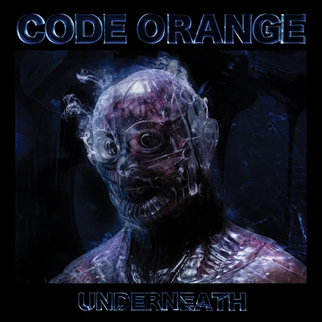
Code Orange – UNDERNEATH
Genre: Industrial Metal, Metalcore
Favorite Tracks: “In Fear,” “Sulfur Surrounding,” “Cold.Metal.Place, “Last Ones Left”
So far I’ve willingly reviewed two albums from well-acclaimed newer metal bands this year whose appeal eluded me, first Kvelertak’s SPLID, and now an even-more celebrated sacred cow, Code Orange, whose third record FOREVER was called the best metal album of 2017 by a number of outlets. The group’s latest, UNDERNEATH, is a continuation of the forays of a once-straightforward metalcore act slipping into late-90s industrial metal and even the more aggressive side of nu-metal, especially Slipknot. My largest hangup on their genre-splicing was that industrial metal and metalcore fundamentally exacerbate each other’s worst tendencies. On the one hand, industrial metal has a bevy of interesting textures and tones, but it tends to lack melody and structure, resulting in a sensory blur that never coalesces into a memorable statement—metalcore worsens this issue with riffs that feel improvised. On the other hand, given its reliance on chugging, unsteady breakdowns, metalcore already seems like it’s about to topple over at any minute. This isn’t helped by the glitchy production of industrial metal that amplifies the sense that songs are malfunctioning.
The metalcore that I like is either fairly short, like Hatebreed’s debut album, or has enough raw, monstrous energy to circumvent these issues, a la Converge. UNDERNEATH tries for the latter alongside cleaner vocals and more tuneful hooks that wouldn’t feel out of place on a Filter record. At points, Code Orange miraculously pulls these disparate threads together, with fantastic mixing and haunting, satisfying codas. “Sulfur Surrounding” and “Autumn Carbine” feature some superb, melodically rich shredding and twin-guitar solos, and the endings of “Cold.Metal.Place” and “A Silver” combine glitchy effects, harsh vocals, and bone-shattering guitars into something truly hellish like a Full of Hell record. Sadly, the tonal shifts are jammed in awkwardly, with abrupt stops and interrupted notes that are wholly intentional yet detrimental. The prerequisite intensity is stifled by the aforementioned clean vocals, which aren’t bad so much as anonymous and only draw attention to their over-the-top, melodramatic lyrics: “Who I Am” features the eye roll-inducing “I wanna show you who I am / Swear you won’t put me away.” In retrospect, FOREVER was a much more consistent record, but UNDERNEATH reaches greater highs and muscles together these genres into some truly wonderful moments, even if they are featured alongside awkward change-ups and weak clean singing. It’s so, so close to greatness, and while I can’t quite put it into that category, it forced me to confront my preconceptions about these genres in ways I didn’t think was possible. [Blake Michelle]
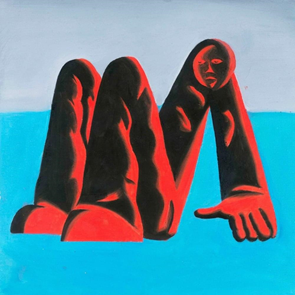
King Krule – MAN ALIVE
Genre: Indie Jazz
Favorite Tracks: “Cellular,” “Supermarché,” “Stoned Again,” “Comet Face,” “The Dream,” “Alone, Omen 3,” “Airport Antenatal Airplane,” “Theme For The Cross,” “Underclass,” “Energy Fleets”
When indie lovers heard the singularly dreary voice of Archy Marshall online back in 2011, they were divided between those who saw the poetry beneath the flu-symptom rasp of King Krule’s warble and those who thought the blood-curdling chortles and the one-note simplicity of Marshall’s music was something of an elaborate industry joke. In the nine years between King Krule’s self-titled EP and Marshall’s latest, MAN ALIVE, the eternally gangly doomer has played the role of indie rock’s Scott Walker, asserted his prowess as both a jazz crooner and a rapper, and has transitioned from teenage stoner to poetic adult. Now a father, MAN ALIVE finds King Krule discovering a comfortable median between the indie pop of SIX FEET BENEATH THE MOON and the alluringly indecipherable sludge jazz of 2017’s THE OOZ.
While THE OOZ found King Krule embracing the gritty tendencies of many late-2010s emerging jazz artists and rappers, the swagger that embraced the “fuck ‘em” attitude of artists like MIKE and Wiki coupled with the loose, ‘70s jazz senisibilities of artists like Standing On The Corner and Onyx Collective created a polarizing dirge through the still-angsty mind of post-fame Marshall. Now a family man, on MAN ALIVE Marshall is reeling in the desolation while still pulling from the shadowy corners of the mind of a once-tormented artist. Where King Krule’s first two records were inspired by a detest for institution, academia, and the law, MAN ALIVE is inspired by the benign resignation of Marshall’s mid-20s. Tracks are inspired by flipping through the television watching programs like ADVENTURE TIME and the Omen trilogy (referenced on “(Don’t Let The Dragon) Draag On” and “Alone, Omen 3,” respectively). While themes of boredom replacing themes of angst ran the risk of portraying Marshall as a washed-up sellout, he instead plays off couch-locked comfort in the same way Frank Ocean did on CHANNEL ORANGE. The entirety of MAN ALIVE feels like flipping cable channels into fragments of other people’s adventures, sometimes seeming like we’ve stumbled on an action sequence, as on the excellent track “Stoned Again,” and other times like we’re tuned into a benign portion of a romance, like on the tracks “The Dream” and “Underclass.” There is a split-second lethargy to the whole listen that is reminiscent of avant garde musicians like Ornette Coleman and Albert Ayler, and has the same contemplative meandering nature of a Haruki Murakami novel. Ultimately, MAN ALIVE fluxuates between dialing into specific, placeable themes, and going on tangents that it sounds as if only Marshall’s mind could understand in the moment he wrote them. [Ted Davis]



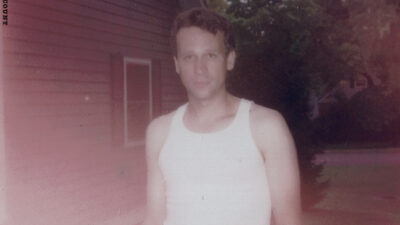
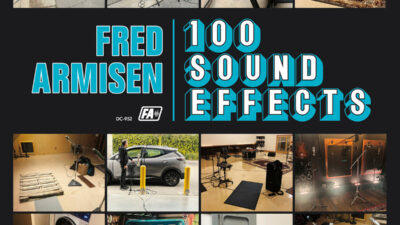





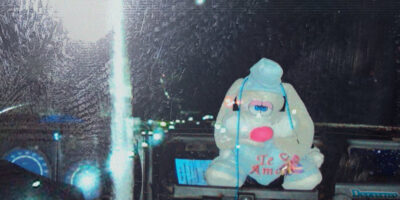


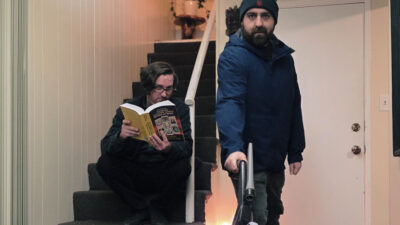
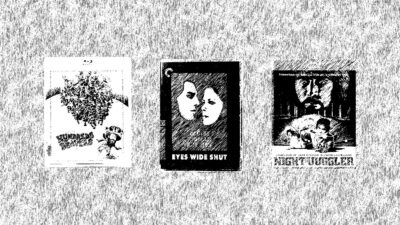

Comments